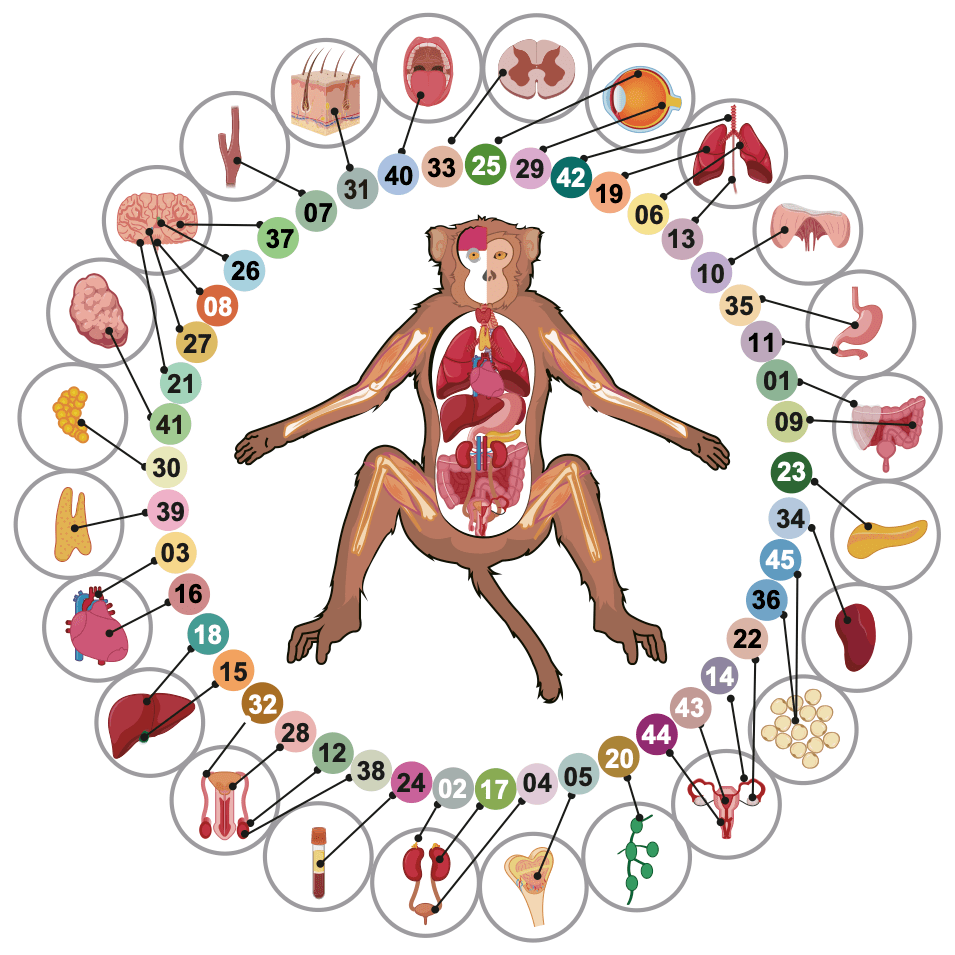
Non-human primate cell atlas (NHPCA) is a single cell multi-omics database of non-human primate (NHP). This single cell data resource provides visualization and preliminary analysis of transcriptomic and forthcoming epigenetic single cell data sampled from multiple NHP organs or tissues, aiming to construct a comprehensive, high quality single cell reference map with multi-omics single cell sequencing technology. The reference map is composed of not only healthy adult single cell atlas but embryonic development and disease animal model single cell atlas. These single cell maps will be the critical digital basic structures for better understanding physiological function and underlying pathogenesis of diseases.
https://db.cngb.org/nhpca/Han, L., Wei, X., Liu, C., Volpe, G., Zhuang, Z., Zou, X., ... & Liu, L. (2022). Cell transcriptomic atlas of the non-human primate Macaca fascicularis. Nature, 604(7907), 723-731.
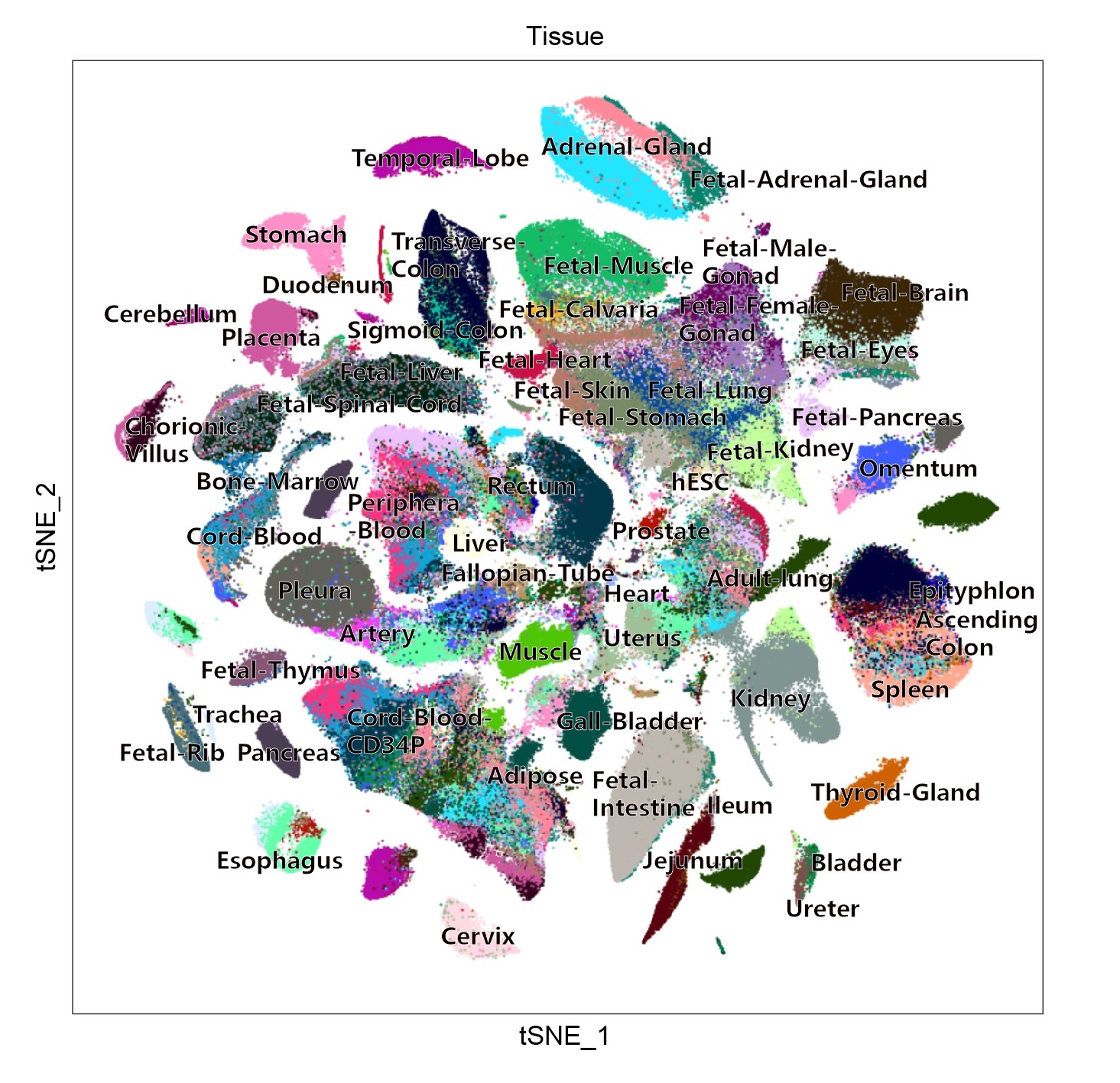
We used single-cell RNA sequencing to determine the cell type composition of major human organs and construct a basic scheme for the human cell landscape (HCL). The HCL database contains data visualization resources of 102 human cell types and 843 cell subtypes identified from 702,968 single-cell transcriptome data, and the scHCL can help you to identify cell types in your data.
https://db.cngb.org/HCL/Han, X., Zhou, Z., Fei, L., Sun, H., Wang, R., Chen, Y., ... & Guo, G. (2020). Construction of a human cell landscape at single-cell level. Nature, 581(7808), 303-309.

Muscle atrophy and frailty are common manifestations of sarcopenia and are critical contributors to morbidity and mortality in the elderly. Deciphering the molecular mechanisms underlying sarcopenia has major implications for understanding human ageing. Yet progress has been slow, in part due to the complexity of characterising skeletal muscle niche heterogeneity (with myofibres being the most abundant) and of obtaining well-characterized human samples. Here, we have generated a single-cell/single-nucleus transcriptomic and chromatin accessibility map of human limb skeletal muscles encompassing over 387,000 cells/nuclei from individuals ranging from 15 to 99 years of age with distinct fitness and frailty levels. We describe i) how cell populations change during ageing, including the emergence of new populations in the elderly, and ii) the cell-specific and multicellular network features (at the transcriptomic and epigenetic levels) associated with these changes. Based on cross- comparison with genetic data, we also identify key elements of chromatin architecture that mark susceptibility to sarcopenia. Our study provides a basis for the discovery of novel targets in the skeletal muscle that are amenable to medical, pharmacological and lifestyle interventions in late life.
https://db.cngb.org/cdcp/hlma/Lai, Y., Ramírez-Pardo, I., Isern, J. et al. Multimodal cell atlas of the ageing human skeletal muscle. Nature (2024). https://doi.org/10.1038/s41586-024-07348-6

Hepatocellular carcinoma (HCC) has high relapse and low 5-year survival rates. Single-cell profiling in relapsed HCC may aid in the design of effective anticancer therapies, including immunotherapies. We profiled the transcriptomes of ∼17,000 cells from 18 primary or early-relapse HCC cases. Early-relapse tumors have reduced levels of regulatory T cells, increased dendritic cells (DCs), and increased infiltrated CD8+ T cells, compared with primary tumors, in two independent cohorts. Remarkably, CD8+ T cells in recurrent tumors overexpressed KLRB1 (CD161) and displayed an innate-like low cytotoxic state, with low clonal expansion, unlike the classical exhausted state observed in primary HCC. The enrichment of these cells was associated with a worse prognosis. Differential gene expression and interaction analyses revealed potential immune evasion mechanisms in recurrent tumor cells that dampen DC antigen presentation and recruit innate-like CD8+ T cells. Our comprehensive picture of the HCC ecosystem provides deeper insights into immune evasion mechanisms associated with tumor relapse.
https://db.cngb.org/PRHCCdbSun, Y., Wu, L., Zhong, Y., Zhou, K., Hou, Y., Wang, Z., ... & Fan, J. (2021). Single-cell landscape of the ecosystem in early-relapse hepatocellular carcinoma. Cell, 184(2), 404-421.

Macaque Brain Atlas (MBA) generated single-cell chromatin accessibility (single-cell ATAC) and transcriptomic data of 358,237 cells from three cortical regions of the adult cynomolgus monkey Macaca fascicularis brain. We then integrated this dataset with Stereo-seq (Spatio-Temporal Enhanced Resolution Omics-sequencing) of the corresponding cortical areas to assign topographic information to molecular and regulatory states.
https://db.cngb.org/mba/Lei, Y., Cheng, M., Li, Z., Zhuang, Z., Wu, L., Sun, Y., ... & Xu, X. (2022). Spatially resolved gene regulatory and disease-related vulnerability map of the adult Macaque cortex. Nature Communications, 13(1), 6747.

This website offers an open and interactive database for interrogation of snRNA-seq dataset and stereo-seq maps in macaque hypothalamus. Its comprehensive single-cell transcriptomic atlas provides valuable insights into the molecular changes of individual cells in various hypothalamic regions in control, obese and type 2 diabetic macaques. As a result, researchers studying metabolic disorders such as diabetes and obesity can use this resource to enhance their understanding of the molecular mechanisms that underlie such conditions.
https://db.cngb.org/stomics/mhaod/Lei, Ying et al. “Region-specific transcriptomic responses to obesity and diabetes in macaque hypothalamus.” Cell metabolism vol. 36,2 (2024): 438-453.e6. doi:10.1016/j.cmet.2024.01.003
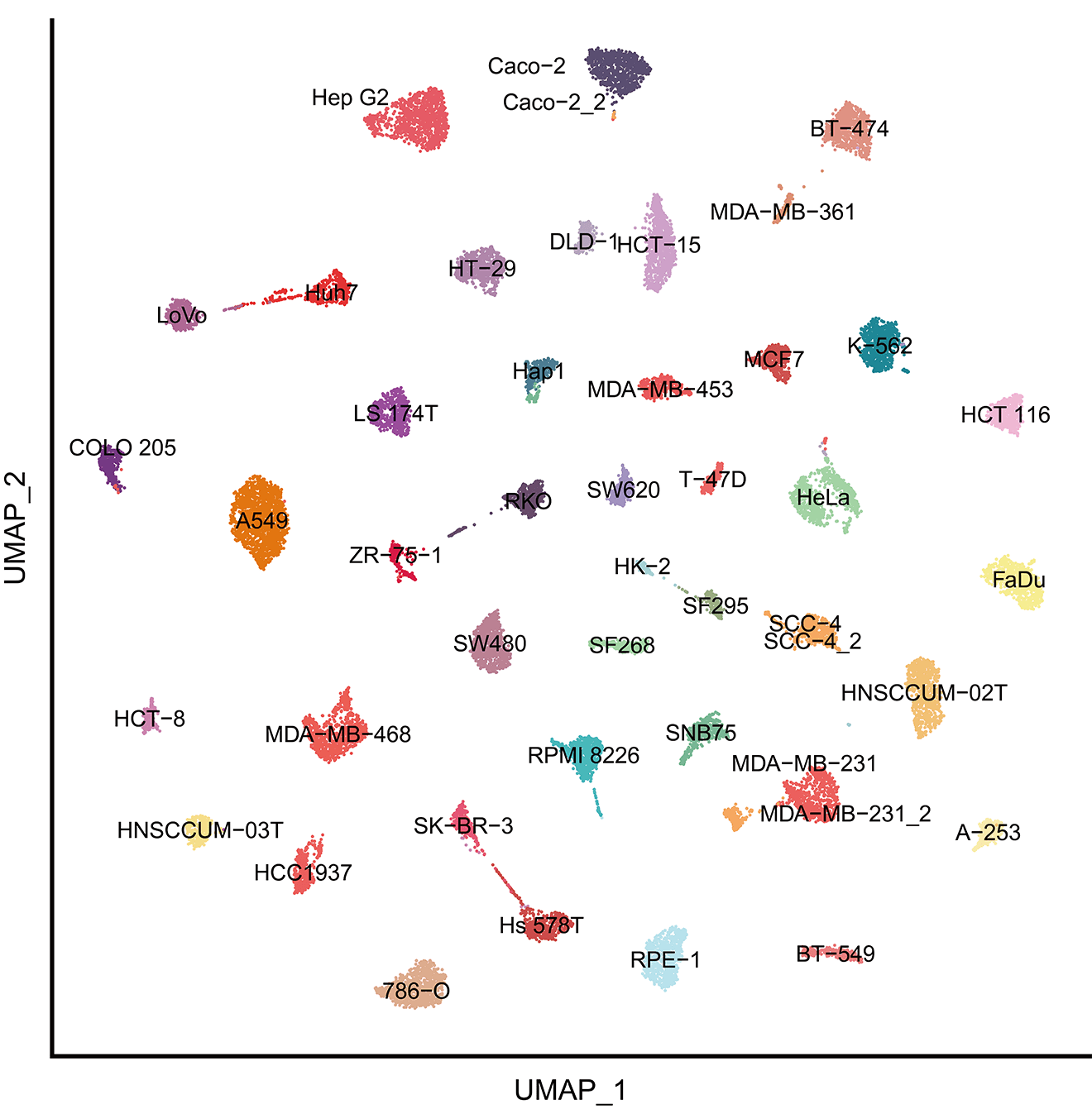
Human cancer cell lines have long served as tools for cancer research and oncology drug discovery, but whether they harbor heterogeneity and how intra-cell-line heterogeneity affect biomedical studies remains elusive. Here, we generated single-cell transcriptomic and single-cell chromatin accessibility data of dozens of cancer cell lines and 2 normal cell lines to illustrate both transcriptomic and epigenetic heterogeneity within different cell lines.
https://db.cngb.org/cdcp/scatlashcl/Zhu, Q., Zhao, X., Zhang, Y. et al. Single cell multi-omics reveal intra-cell-line heterogeneity across human cancer cell lines. Nat Commun 14, 8170 (2023). 10.1038/s41467-023-43991-9

Little is known about the transcriptomic plasticity and adaptive mechanisms of circulating tumor cells (CTCs) during hematogeneous dissemination. Here we interrogate the transcriptome of 113 single CTCs from 4 different vascular sites, including hepatic vein (HV), peripheral artery (PA), peripheral vein (PV) and portal vein (PoV) using single-cell full-length RNA sequencing in hepatocellular carcinoma (HCC) patients. We reveal that the transcriptional dynamics of CTCs were associated with stress response, cell cycle and immune-evasion signaling during hematogeneous transportation. Besides, we identify chemokine CCL5 as an important mediator for CTC immune evasion. Mechanistically, overexpression of CCL5 in CTCs is transcriptionally regulated by p38-MAX signaling, which recruites regulatory T cells (Tregs) to facilitate immune escape and metastatic seeding of CTCs. Collectively, our results reveal a previously unappreciated spatial heterogeneity and an immune-escape mechanism of CTC, which may aid in designing new anti-metastasis therapeutic strategies in HCC.
https://db.cngb.org/scCTC_sptialSun, Y. F., Wu, L., Liu, S. P., Jiang, M. M., Hu, B., Zhou, K. Q., ... & Yang, X. R. (2021). Dissecting spatial heterogeneity and the immune-evasion mechanism of CTCs by single-cell RNA-seq in hepatocellular carcinoma. Nature Communications, 12(1), 4091.
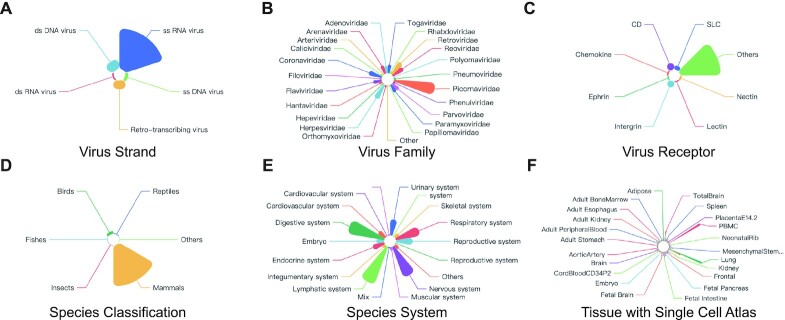
Viral infectious diseases are a devastating and continuing threat to human and animal health. Receptor binding is the key step for viral entry into host cells. Therefore, recognizing viral receptors is fundamental for understanding the potential tissue tropism or host range of these pathogens. The rapid advancement of single-cell RNA sequencing (scRNA-seq) technology has paved the way for studying the expression of viral receptors in different tissues of animal species at single-cell resolution, resulting in huge scRNA-seq datasets. However, effectively integrating or sharing these datasets among the research community is challenging, especially for laboratory scientists. In this study, we manually curated up-to-date datasets generated in animal scRNA-seq studies, analyzed them using a unified processing pipeline, and comprehensively annotated 107 viral receptors in 142 viruses and obtained accurate expression signatures in 2 100 962 cells from 47 animal species. Thus, the VThunter database provides a user-friendly interface for the research community to explore the expression signatures of viral receptors. VThunter offers an informative and convenient resource for scientists to better understand the interactions between viral receptors and animal viruses and to assess viral pathogenesis and transmission in species.
https://db.cngb.org/VThunter/Chen, D., Tan, C., Ding, P., Luo, L., Zhu, J., Jiang, X., ... & Liu, H. (2022). VThunter: a database for single-cell screening of virus target cells in the animal kingdom. Nucleic Acids Research, 50(D1), D934-D942.
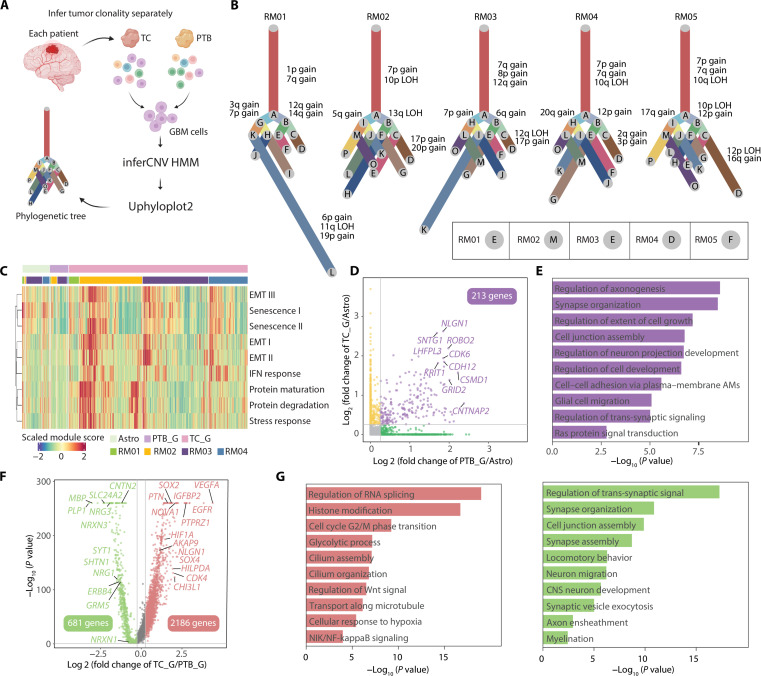
Glioblastoma are an important type of central nerve tumors that affect human life and health. Even after surgical incision, radiotherapy and chemotherapy, the patient's recovery is still poor. Therefore, it is of great significance to study its pathogenesis.
https://db.cngb.org/cdcp/dataset/SCDS0000043/Wang, Xin et al. “Single-cell multi-omics sequencing uncovers region-specific plasticity of glioblastoma for complementary therapeutic targeting.” Science advances vol. 10,47 (2024): eadn4306. doi:10.1126/sciadv.adn4306
